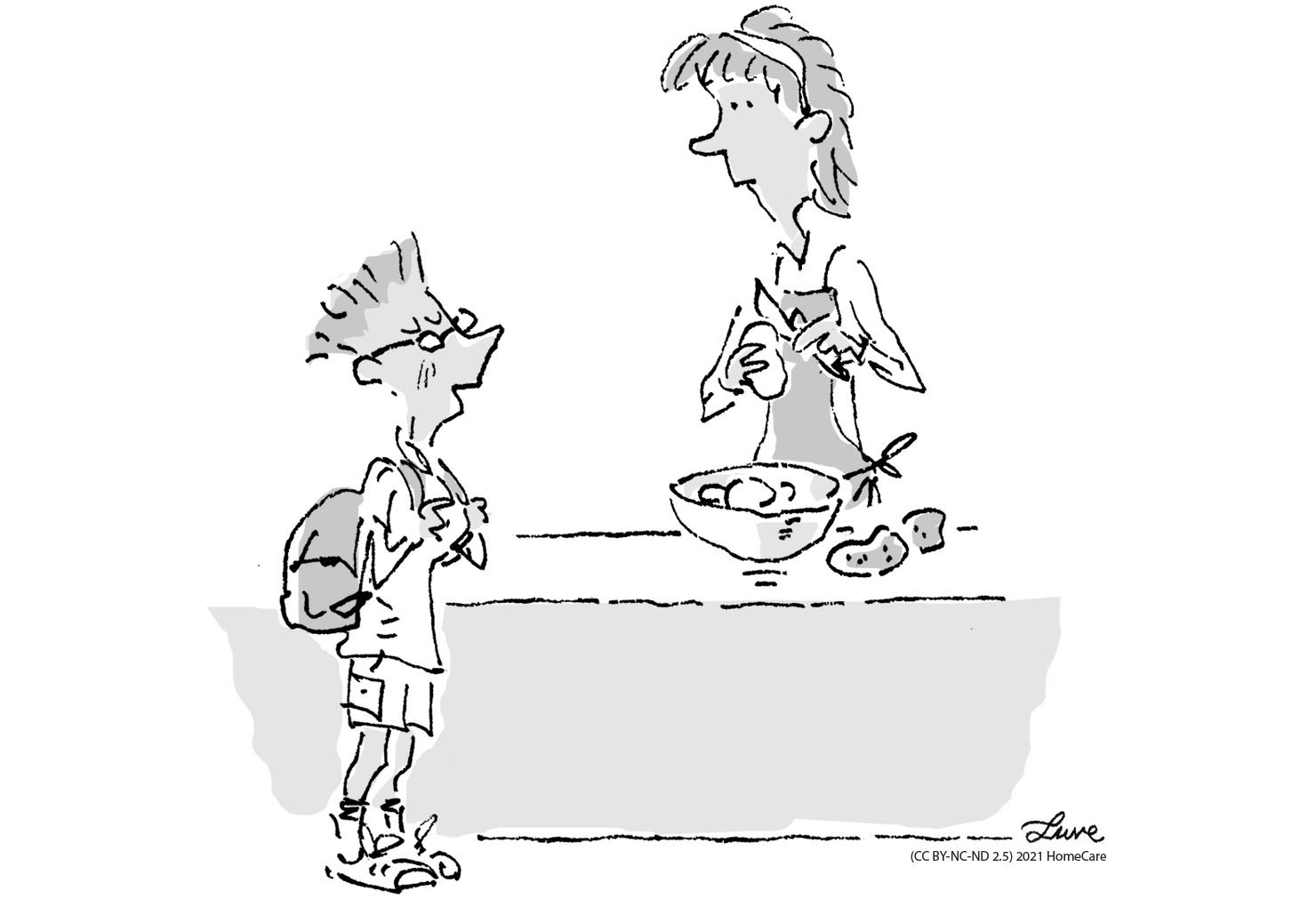
“Look Ma, each time I wash my hands half of the germs present will remain. Even if i wash a thousand times some germs will still be there. Hence no point of washing at all. Mathematically proven.”
According to studies, proper washing and hygiene of hands reduces the risk of infection and getting ill even by half. The World Health Organization (WHO) claims that the best way to prevent the spread of diseases is to wash your hands with soap and water. The optimal effect will be achieved by washing your hands for 30 seconds, using antibacterial soap or additional disinfection liquid.
Hands should be washed about 5-7 times a day, especially after leaving the toilet, having contact with animals as well as before preparing and eating meals. Germs on the hands can enter the digestive tract as a result of licking the fingers, inserting various everyday objects (e.g. pen) into the mouth or through contaminated food. It is enough to unconsciously touch the area around the nose, mouth or eyes with dirty hands for the germs or viruses to enter the system.
Washing hands – step by step
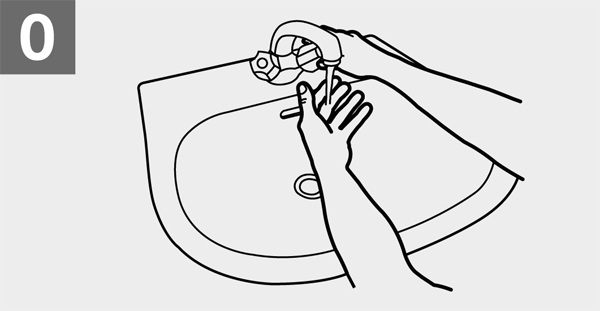
Wet hands with water
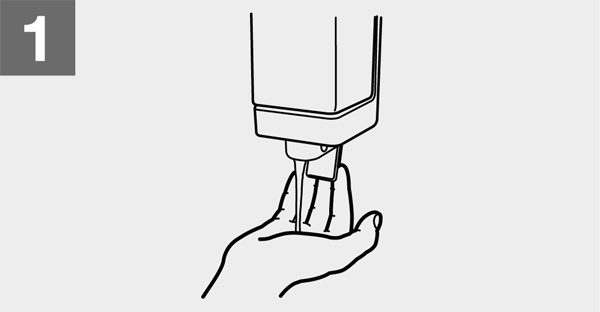
Apply enough soap to cover all hand surfaces

Rub hands palm to palm
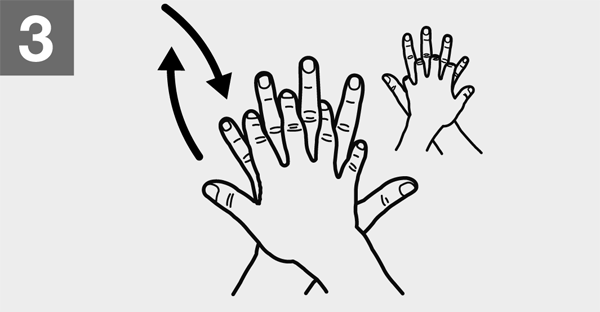
Right palm over left dorsum with interlaced fingers and vice versa
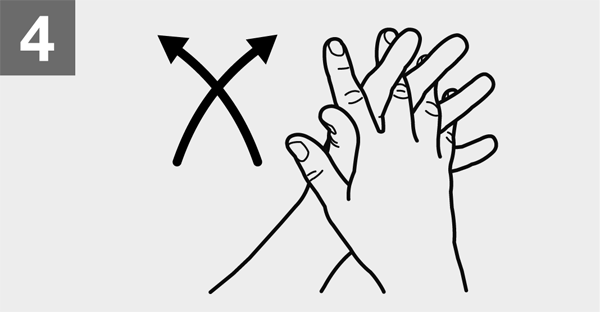
Palm to palm with fingers interlaced
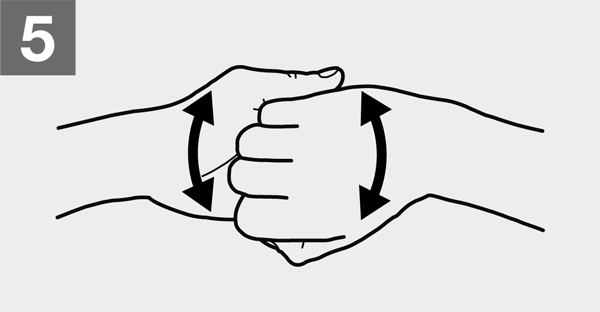
Backs of fingers to opposing palms with fingers interlocked
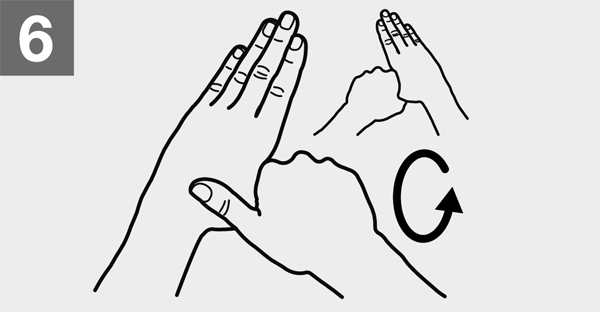
Rotational rubbing of left thumb clasped in right palm and vice versa
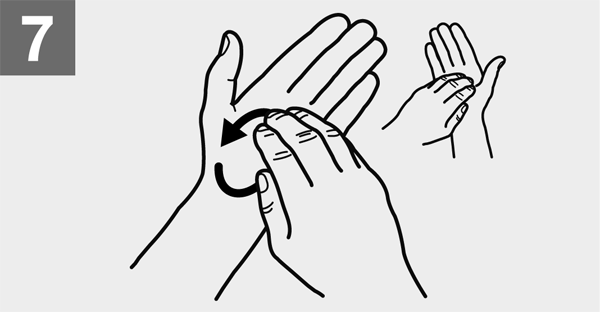
Rotational rubbing, backwards and forwards with clasped fingers of right hand in left palm and vice versa
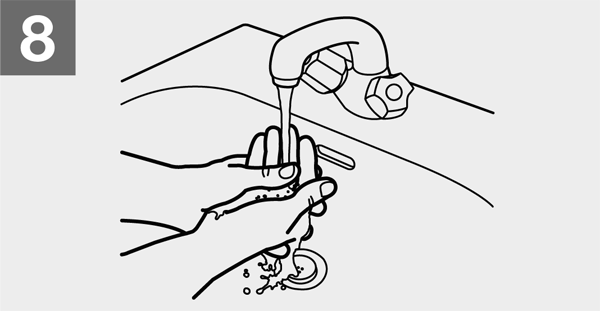
Rinse hands with water

Dry hands thoroughly with a single use towel
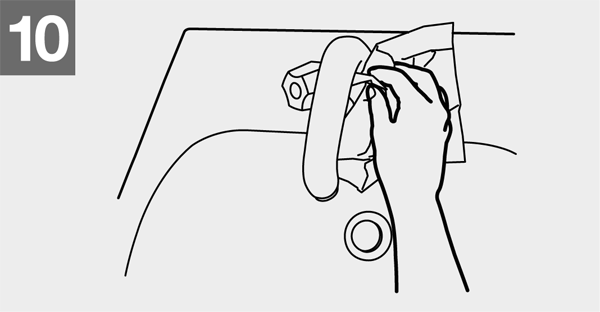
Use towel to turn off faucet
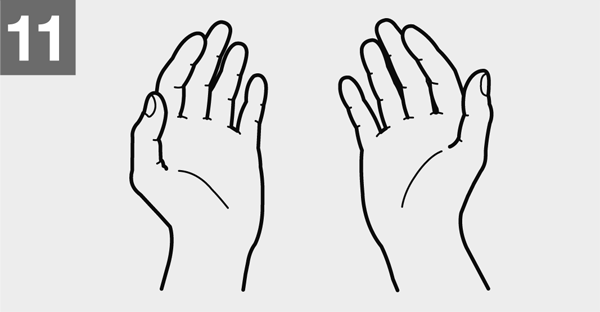
Your hands are now safe
Source: World Health Organization. How to Handwash? Download as PDF
Disinfection
Viruses can persist on different surfaces, and from there they may be transferred further or they may infect a person – it is enough to touch an infected handle, and then touch the mouth, nose or eyes. It is worth remembering about regular disinfection of handles and other everyday objects, such as computer keyboards or mobile phones.
![]() Remember:
Remember:
Each time a person touches a door handle, banknotes, coins or handrails in public places (e.g. public transport) their hands are in contact with 10,000 to 100,000 microbial cells. As little as half a minute of thorough hand washing is sufficient to clean our hands of about 90% of bacteria.
It is also important to disinfect the apartment where the elderly person is staying.
Airing the apartment
Airing the apartment helps to get rid of viruses and other pollutants from the air. This is one of the most simple and effective methods to clean the air in the apartment. For this purpose, it is enough to open the windows wide for a few minutes (the elderly person at this time should be in another room). Such a way is much more efficient than leaving the window slightly open for a longer time. Additionally, airing the house has a beneficial effect on the condition of mucous membranes, which are one of the protective barriers of the body.
Places in the house which require special care
Particular attention must be paid to disinfecting the places that are most frequently touched. These include handles of the front door and the ones inside the apartment. Clean the door handles, light switches, intercom ear-pieces, furniture handles, remote controls, switches and buttons for all household devices and appliances, telephones as well as keys in a careful way.
To completely neutralize pathogenic microorganisms, it is worth using cleaning products with chlorine andthose based on ethyl alcohol, preferably with over 60% content of ethanol. You can also use essential oils with antiviral properties, e.g. tea tree, eucalyptus or thyme oil, which can be purchased in a pharmacy. Oils can be used as a form of support for alcohol-based or soap-based liquids.
Back Next
![]()
Care and Hygiene during a Virus Epidemic:60% complete
